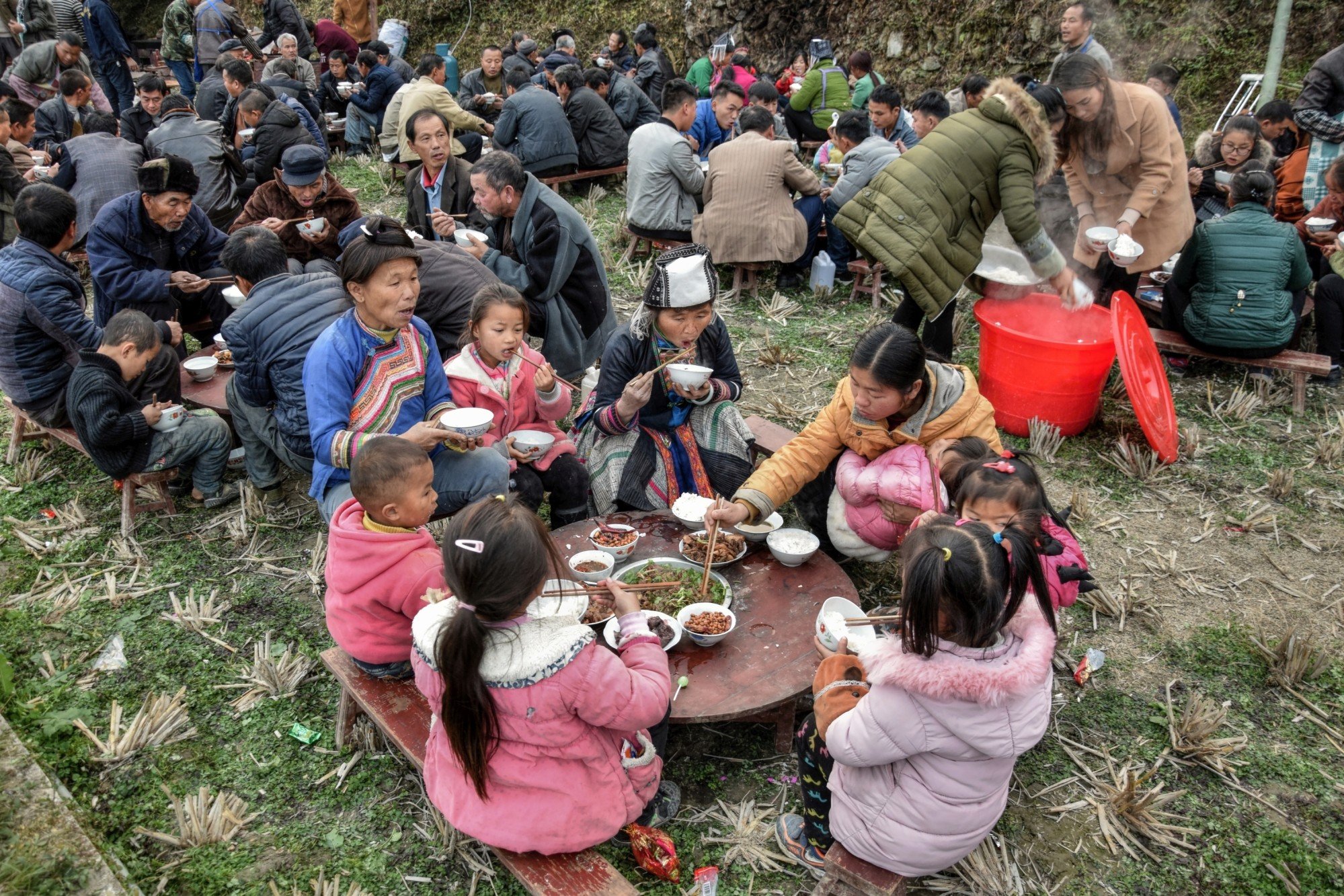
Explainer | Why does China still have child brides despite 1950 ban? Decoding origins, how candidates are picked and raised
- Practice dates back to ancient times when economic, social realities made it necessary
- Similar conditions in parts of rural China mean child brides exist to present day
An ancient tradition called tong yang xi persists in China by which a family can adopt a girl from infancy or childhood and raise her as a future wife for one of their sons.
But how do they find a “candidate” and raise her? Why does the custom still exist today after being officially banned on May 1, 1950. The Post explains.
What lies behind?
The tradition of tong yang xi, which was once widespread in China, originated from the financial hardships faced by families burdened with numerous children.
Often unable to support their daughters, families see the practice as a way out for both the daughter and the family.
It also benefits the groom’s family by reducing future marriage expenses because no bride price is required and wedding ceremonies are simpler.
This allows sons from modest backgrounds to marry minus a financial burden.

Also, adopting a young girl not only secures a future wife for a son but also adds an extra pair of hands, contributing to the adopting family’s labour needs.
Selecting and raising
Most tong yang xi were either adopted from impoverished families, found abandoned on roadsides or bought cheaply from desperate parents selling their children during famines.
Occasionally, families with similar backgrounds exchanged daughters to raise as tong yang xi.
Sometimes, families would buy daughters slightly older than their son, believing they could care for their future husbands.
The fate of these child brides varied, largely depending on the financial stability of the buying family.
Typically, they held low status, were burdened with household chores to learn how to be a homemaker and were often mistreated by the official wife, even reducing them to become child-bearing “tools”.
In rare cases, those sold to wealthy families received a proper education, and were taught virtues essential for marriage.
Marriage would typically take place at the age of 14 or 15.
However, if her betrothed died before the wedding or refused to marry her, she might be forced to marry someone else or even be sent back to her original family.
More compassionate families might adopt them as daughters. However, in harsher households, they could be sold into slavery or forced into prostitution.
Prevalence after ban
The practice of tong yang xi was officially banned with the enactment of China’s first Marriage Law on May 1, 1950, which also abolished arranged and forced marriages, bigamy, concubinage, while establishing monogamy as the standard.

Despite the ban, the tradition persists in some rural areas.
In February 2006, a tragic incident occurred in Pingyang village, Donghai town in the southeastern province of Fujian, where Zhu Shiwen, a local teacher, brutally killed his tong yang xi wife, Zhu Xiumei.
The incident revealed that in the small mountain village of just over 4,300 residents, there were nearly 1,000 tong yang xi.
Zhu Xiumei had been brought to her husband’s household just four days after her birth.
Her husband, who longed for the freedom to choose his own partner, said of the marriage: “I regret marrying her. We both became sacrifices to the ‘monster’ of tong yang xi.”
Local residents said the isolation of the village and its poor economic conditions meant nearly every family adopted a girl in such circumstances to solve the problem of young men being unable to find wives.

